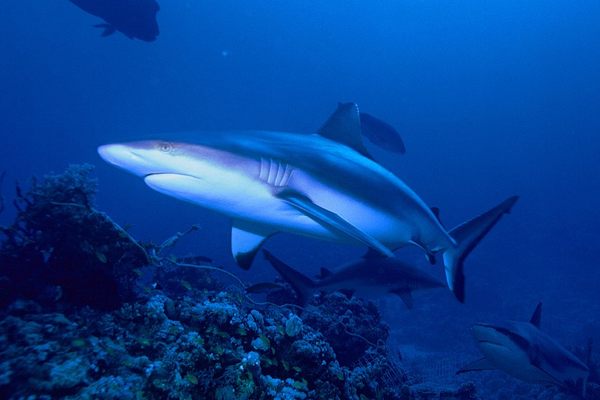Meet the Ocean’s Newest Carnivorous Sponge
In the deep sea, sometimes its takes rows of tiny glass spikes to survive.

Sea sponges seem like some of the gentler denizens of the oceans, but not all of the thousands of species in the phylum are placid filter feeders, consuming bacteria and whatever other particles the water brings to them. Some, like a species newly discovered off Canada’s North Atlantic coast, are carnivorous.
The new sponge doesn’t look anything like its more recognizable cousins. Rather than a colorful, bulbous body, it’s spindly and over six feet long, with a bunch of tiny glass spikes along its arms to ensnare prey. That prey is zooplankton: small organisms, such as crustaceans, that feed on other (often microscopic) marine organisms.
The species was first spotted in 2010 by scientists on a Canadian Coast Guard ship with a remotely operated vehicle, according to a statement from Fisheries and Oceans Canada. They weren’t trawling for new species when they spotted the sponge’s strange shape nearly 10,000 feet below the ocean’s surface, but they took a sample anyway. The sponge, named Cladorhiza kenchintonae, will officially be described in a paper coming out later this summer and joins just 137 other known carnivorous sponge species.

Carnivorous sponges aren’t limited to any particular depth or region. One species was found in caves in the Mediterranean just 55 feet below the surface, and four other new species from North America’s Pacific coast were described in 2014. The one thing these species all seem to share is an environment lacking in the usual easy meals that other sponges thrive on. If there aren’t enough other options floating by, the only sponges that will be able to scratch out a living are the carnivorous sort.



















Follow us on Twitter to get the latest on the world's hidden wonders.
Like us on Facebook to get the latest on the world's hidden wonders.
Follow us on Twitter Like us on Facebook